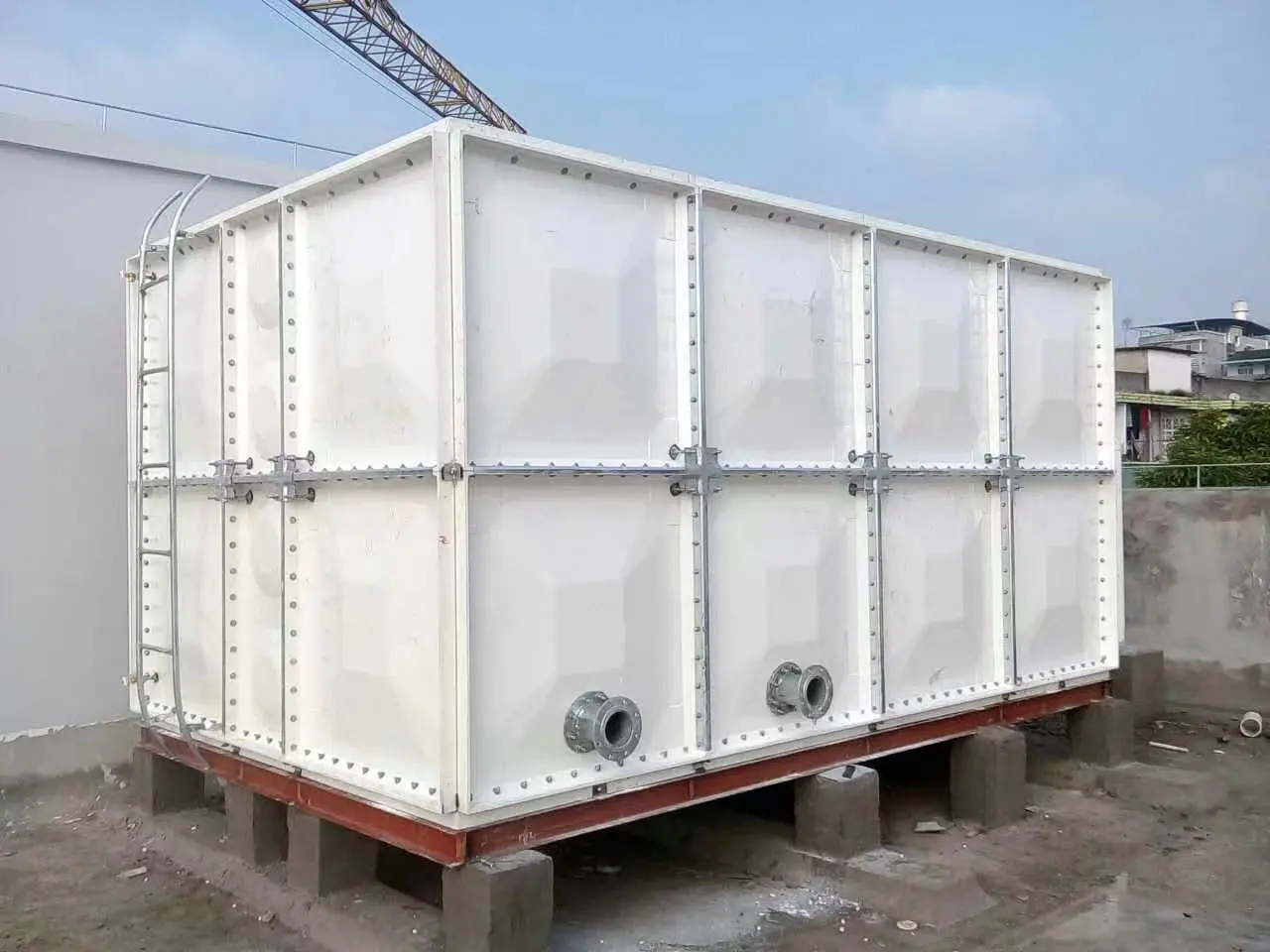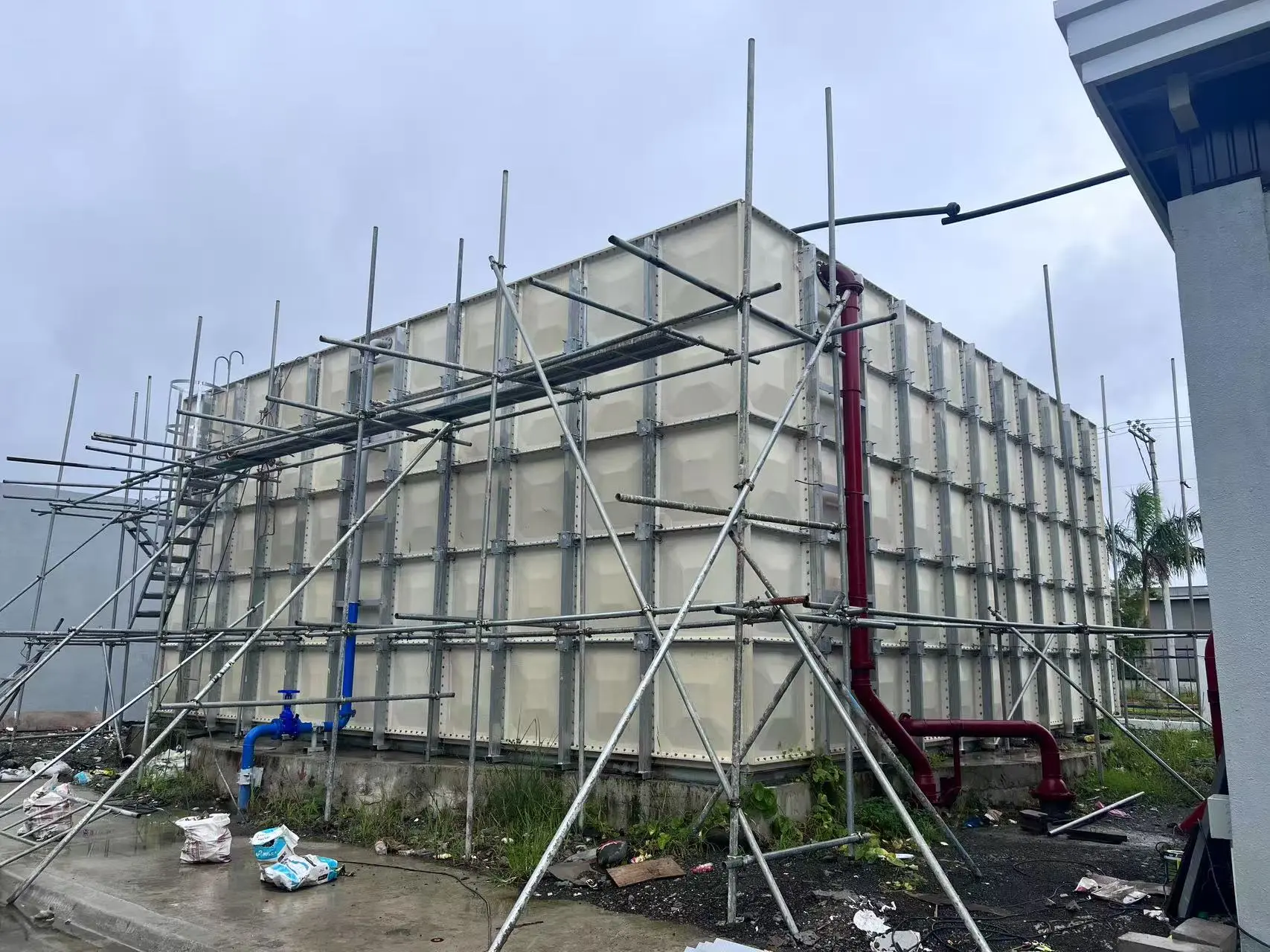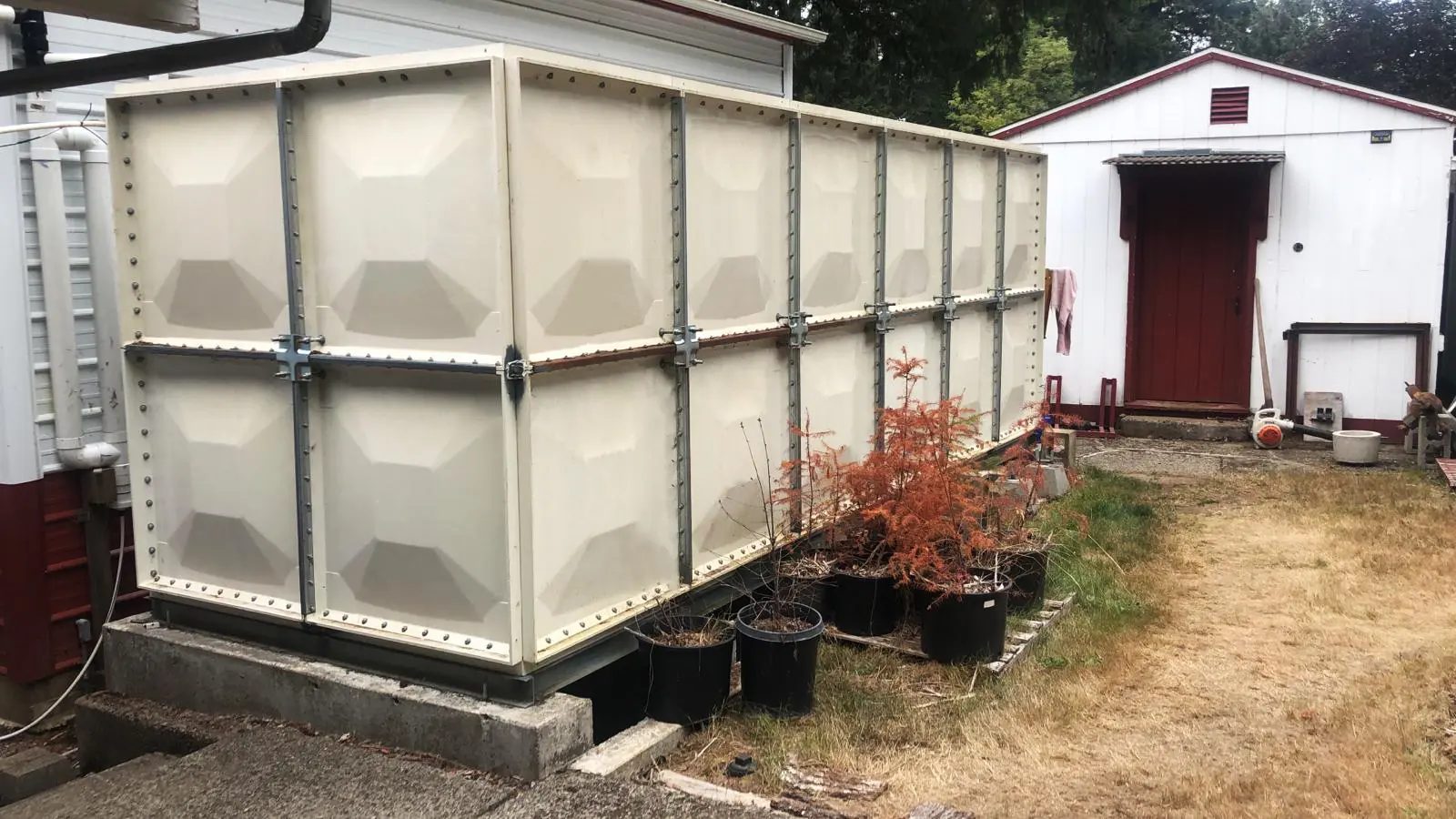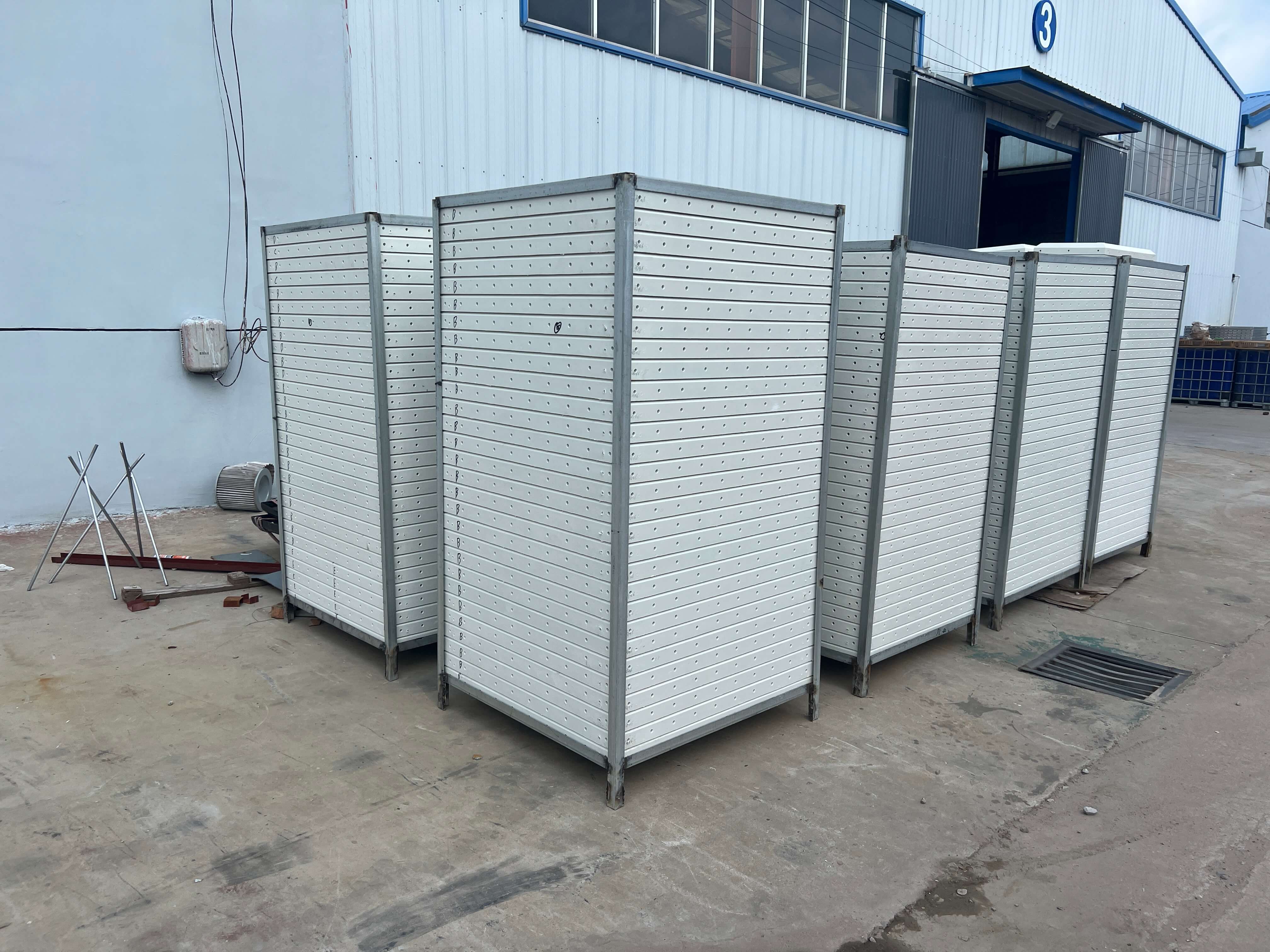Efficient Water Storage Solutions with GRP Water Tanks: Spotlight on Our Los Angeles Unit
Water Storage is a critical component for industrial, municipal, and agricultural operations across the United States. For pump suppliers, firefighting contractors, irrigation companies, water authorities, water purifier providers, and pipe distributors, selecting the right tank technology is essential to ensure reliability, compliance, and cost-effective performance.
Our GRP Water Tank, located in Los Angeles, USA. The size is 662m, demonstrates how modular GRP technology meets diverse industrial demands while providing long-term durability.
Why GRP Water Tanks Are the Preferred Choice
GRP (Glass Reinforced Plastic) tanks offer several advantages over traditional steel or concrete options:
-
Lightweight & Modular – Easy to transport and assemble, even in tight or elevated locations.
-
Corrosion & UV Resistant – Performs well in coastal and urban environments.
-
Safe for Potable Water – Meets municipal and industrial water safety standards.
-
Low Maintenance – Resistant to rust and chemical degradation, reducing repair costs.
These benefits make GRP tanks a reliable and cost-effective solution for a wide range of applications.
On-Site Installation Process
Proper installation ensures maximum performance and lifespan. A typical process includes:
1. Site Preparation
-
Assess ground stability and load-bearing capacity.
-
Construct a level concrete foundation or reinforced platform.
-
Plan drainage to prevent water accumulation.
2. Delivery & Pre-Assembly Check
-
Panels arrive flat-packed, simplifying transport to urban or remote locations.
-
Inspect all panels, gaskets, bolts, and accessories for any damage.
3. Panel Assembly
-
Lay base panels on the prepared foundation.
-
Sequentially bolt wall panels with sealant for leak-proof joints.
-
Install internal bracing and roof panels, including inspection hatches where necessary.
4. Plumbing & Connections
-
Connect inlet, outlet, overflow, and vent piping.
-
Ensure all joints are sealed to handle varying water pressures.
-
Our GRP water tank, located in Los Angeles, USA. The size is 662m, integrates seamlessly with pumping, irrigation, or municipal systems.
5. Testing & Commissioning
-
Conduct leak and pressure tests.
-
Inspect structural integrity under full load.
-
Approve for operation only after all checks pass.
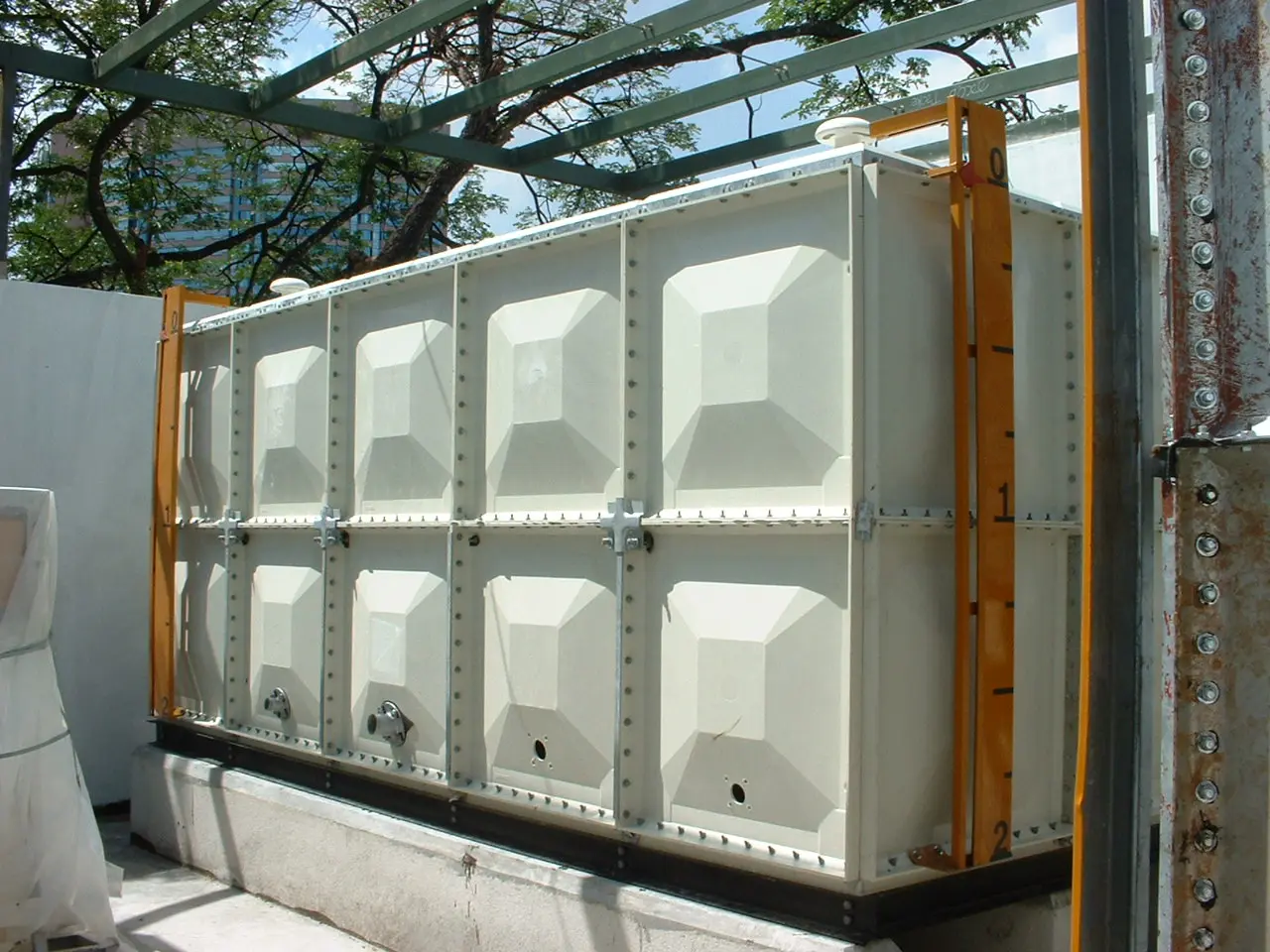
Industrial Applications in the U.S.
-
Fire Protection – Emergency water reserves for commercial and industrial sites.
-
Agricultural Irrigation – Reliable storage for farms and irrigation networks.
-
Municipal & Industrial Water Supply – Buffer storage for treatment plants, factories, and municipal pipelines.
-
Water Treatment & Purification – Safe storage for potable or treated water systems.
Advantages of GRP Water Tanks
-
Transport-Friendly – Flat-pack modular panels reduce shipping challenges.
-
Flexible Capacity – Easily scalable to project-specific requirements.
-
Fast Deployment – On-site assembly minimizes downtime.
-
Durable – Resistant to UV, corrosion, and temperature fluctuations.
-
Versatile Placement – Suitable for rooftops, basements, and compact industrial spaces.
For U.S. industrial buyers, understanding GRP water tank installation and benefits is key to achieving reliable, long-term water storage. Our GRP water tank, located in Los Angeles, USA. The size is 662m, highlights a practical, modular solution for firefighting, irrigation, municipal, and industrial applications. Proper planning, professional assembly, and routine maintenance ensure cost efficiency, regulatory compliance, and durable performance.
FAQs
1. How long does it take to install a GRP water tank?
Most installations, including the 662m unit, take 3–7 days depending on site conditions and access.2. Can GRP tanks be installed on rooftops?
Yes. Lightweight modular panels allow safe rooftop placement with proper structural assessment.3. What maintenance is required?
Routine inspections, cleaning every 6–12 months, and seal checks maintain long-term durability.4. Are GRP tanks suitable for potable water and firefighting systems?
Yes. GRP tanks meet U.S. water safety standards and integrate with municipal and fire protection systems.






